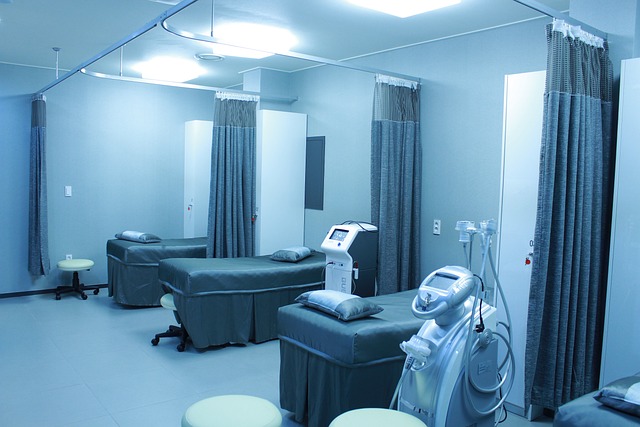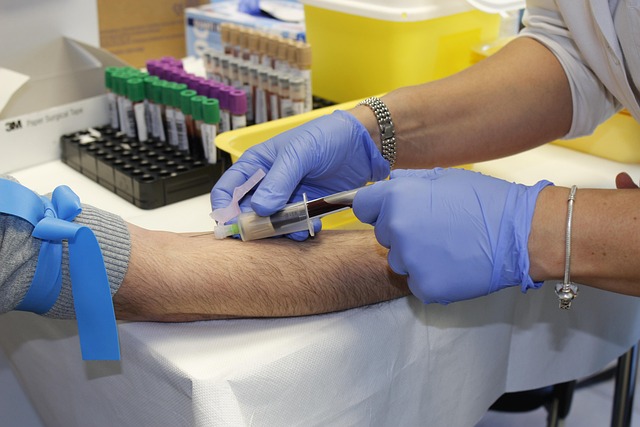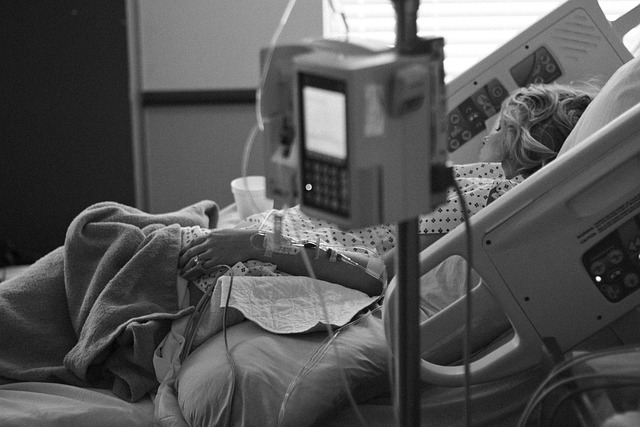Sepsis can occur when a person’s immune response to an infection results in vital organ damage. Sepsis affects around 1.7 million American adults, with no less than 350,000 of those individuals ending up in hospice care or dying. Contributing to around 1 out of 3 deaths in the hospital, it is considered the leading cause of death for hospitalized patients. If a patient doesn’t receive treatment in time, sepsis can rapidly get worse and result in organ failure and death. In this article, we will find out why sepsis is deadly and who is most at risk of developing this deadly condition.
The Causes of Sepsis

One of the roles your immune system plays is that it protects your body from infections. Your immune system often responds to infections through inflammation. This inflammation produces various symptoms, such as pain, swelling, heat, and redness. On some occasions, no visible symptoms accompany the inflammation. Typically, this inflammation subsides as you recover from your infection. However, when sepsis occurs, the inflammatory response becomes excessive, leading to leaky blood vessels and blood clots. It can also result in very low blood pressure, which can deprive your organs of much-needed oxygen. Failure to treat sepsis in time can lead to serious consequences, such as organ failure, tissue damage, and death.
The Danger of Bacterial Infections

Bacterial infections are the most common cause of sepsis. Sepsis-causing infections most often start in the urinary tract, lungs, skin, and gastrointestinal tract. Sepsis can also result from viral infections such as influenza, COVID-10, or from fungal infections. You can prevent bacterial infections that lead to sepsis by practicing good hygiene. Make sure to always keep your hands clean and clean and cover any cuts and wounds until they have healed. While sepsis itself is not contagious, some of the viral infections that cause sepsis can be spread between people.
The Symptoms of Sepsis

There are several signs and symptoms that may appear if a person has sepsis. This includes sweaty and clammy skin and shortness of breath. The person may also appear disoriented and confused, unsure of where they are or how they got there. They may also be in a lot of discomfort or pain. Another symptom to look out for is if the person is suddenly feeling very old, shivering, and exhibiting a fever. Their pulse rate may also weaken, or their heart rate may be higher than usual. It’s best to seek the help of a medical provider if the person exhibits any of these symptoms. These symptoms can also occur along with signs of infection at particular places on the body. This includes difficulty breathing and persistent coughing associated with lung infections and wound drainage for skin infections. For urinary infections, this could appear as a burning sensation when urinating.
Read More: Man Who Lost Arms and Legs to Sepsis Calls for More Awareness and Training
Individuals Most At Risk

One of the main reasons why sepsis is deadly is that the majority of patients who develop sepsis already have a pre-existing medical condition. Those at higher risk include children younger than one and adults 65 years of age or older. People with weakened immune systems or chronic conditions such as diabetes and lung disease are also at high risk. Those who have recently experienced a severe illness and those currently hospitalized are also considered high-risk. People who have previously had sepsis should also consider themselves at risk of another infection.
Sepsis Diagnosis

A swift diagnosis of sepsis is critical for patients. According to several studies, each hour that treatment is delayed raises the probability of death by 4% to 8%. No single test can provide a 100% accurate diagnosis because sepsis can result from a wide range of different infections. Sepsis is typically diagnosed through a physical exam and other examinations, such as examining cultures from the blood and taking blood tests. In certain instances, X-rays or other radiologic techniques are used. These tests can determine whether you have suffered any organ damage and which infection caused the sepsis. Using this information, your doctors can effectively administer the necessary medication.
Read More: Mom Saves Son’s Life After Recognizing Signs of Sepsis
Sepsis Treatment

So, now that we know why sepsis is deadly, what can be done about it? Sepsis is not something that you should attempt to treat at home. It is something that definitely needs to be treated by medical professionals in a hospital, often in an intensive care unit. The quicker the patient can receive proper treatment, the better their chances of a successful outcome. It is only in a hospital that doctors and nurses can monitor the patient’s vital signs, such as blood pressure, oxygen levels, and pulse. Doctors will typically administer various antibiotics, antivirals, low blood pressure medications, or intravenous liquids, depending on the severity of the sepsis.
Recovering From Sepsis

Even after recovery, many people experience certain long-term side effects, such as fatigue and pain. In the first few days of recovery, some people also require assistance for certain activities, like walking, sitting up, and bathing. Some patients require rehabilitation programs such as physical therapy exercises, which often already begin during their hospital stay. It’s important to rest as much as possible, slowly increasing daily activities as your strength returns. It’s quite common for people recovering from sepsis to feel depressed, frustrated, and confused.
The Bottom Line

In this article, we learned why sepsis is deadly. We found out that it is a life-threatening condition that requires immediate medical intervention. It usually starts with a common infection that subsequently spreads out of control. Sepsis can affect everyone, but the elderly and children under one year of age are especially vulnerable. Suffering from a chronic sickness or having a weakened immune system increases your risk of developing it. Early symptoms may often be misinterpreted as other diseases and, therefore, should not be ignored. Recovery from sepsis can sometimes be lengthy and difficult, with long-term physical and emotional side effects. Therefore, understanding sepsis and intervening early can help save lives and drastically improve outcomes for patients.
Read More: Student Nurse Dies Of Sepsis After Believing She Was Just ‘Run Down’ From Long Shifts

